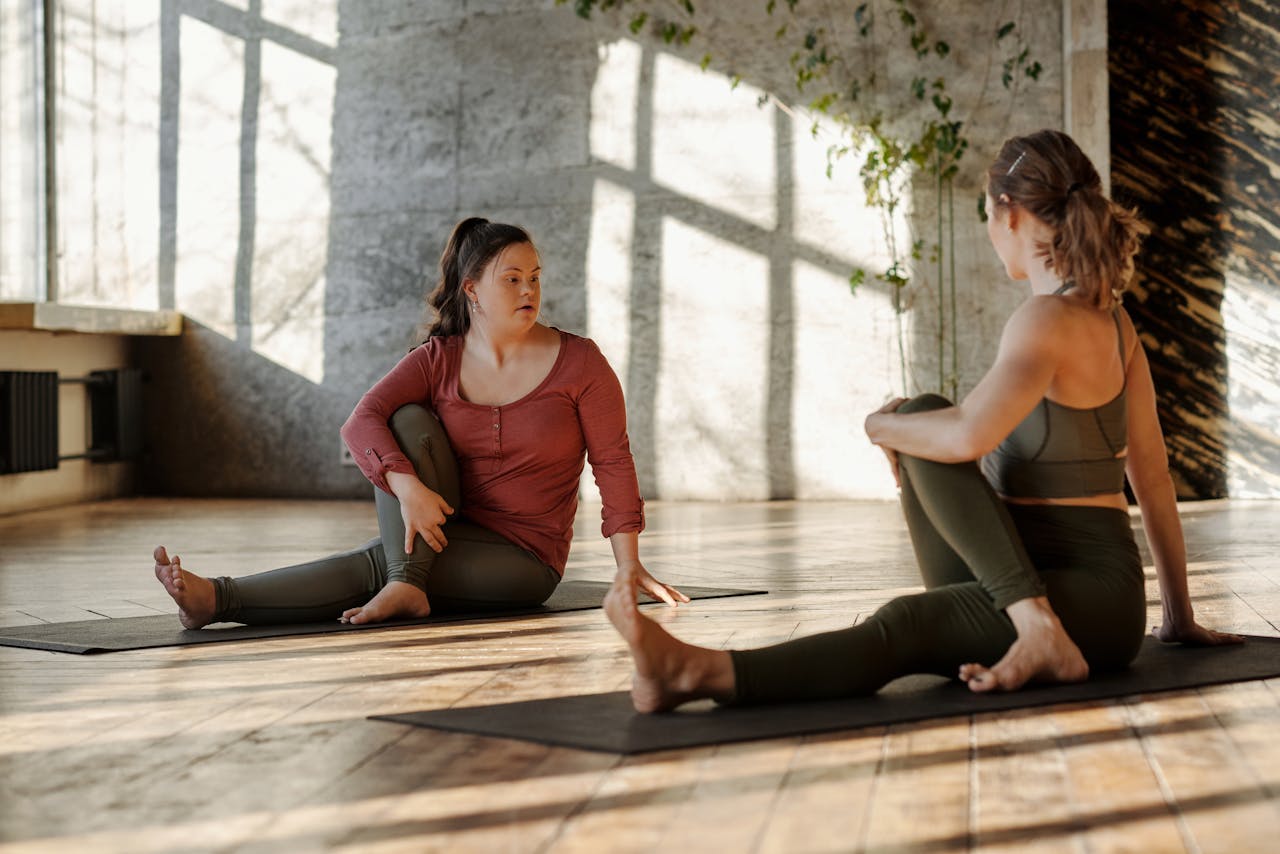Introduction
Welcome to the world of yoga! Whether you’re looking to increase flexibility, reduce stress, or find a new way to stay fit, yoga offers a multitude of benefits for both the body and mind. This beginner’s guide is designed to provide essential tips and introduce basic poses to help you start your yoga journey with confidence and ease.
Understanding Yoga
What is Yoga?
Yoga is an ancient practice that originated in India over 5,000 years ago. It combines physical postures (asanas), breathing techniques (pranayama), and meditation to promote holistic health and well-being. The word “yoga” means union, symbolizing the connection between mind, body, and spirit.
Benefits of Yoga
Yoga offers numerous benefits, including improved flexibility, strength, and balance. It can also reduce stress, enhance mental clarity, and promote emotional well-being. Regular practice can lead to a healthier lifestyle and a more peaceful mind.
Essential Tips for Beginners
Start Slow and Be Patient
As a beginner, it’s crucial to start slow and be patient with yourself. Yoga is not about perfection but progress. Allow your body to adapt gradually to new movements and postures.
Choose the Right Style
There are various styles of yoga, such as Hatha, Vinyasa, and Ashtanga. Research and try different types to find the one that suits your needs and preferences best. For beginners, Hatha yoga is often recommended due to its slower pace and focus on foundational poses.
Find a Qualified Instructor
A qualified instructor can provide valuable guidance and ensure you are performing poses correctly, minimizing the risk of injury. Consider attending a beginner’s class or seeking out a reputable online instructor.
Create a Comfortable Practice Space
Set up a comfortable and quiet space for your yoga practice. Use a non-slip yoga mat, wear comfortable clothing, and eliminate distractions to create an environment conducive to relaxation and focus.
Listen to Your Body
Pay attention to your body’s signals and never push yourself into pain. Yoga should be a practice of self-awareness and respect for your body’s limits. Modify poses as needed and take breaks when necessary.
Basic Yoga Poses for Beginners
Mountain Pose (Tadasana)
Mountain Pose is the foundation for all standing poses. Stand tall with feet together, shoulders relaxed, and weight evenly distributed. Inhale deeply and raise your arms overhead, reaching towards the sky.
Downward-Facing Dog (Adho Mukha Svanasana)
Start on your hands and knees, with wrists aligned under shoulders and knees under hips. Lift your hips towards the ceiling, forming an inverted V-shape. Keep your head between your arms and heels pressing towards the floor.
Child’s Pose (Balasana)
Kneel on the mat with big toes touching and knees apart. Sit back on your heels and extend your arms forward, lowering your torso towards the floor. Rest your forehead on the mat and breathe deeply.
Cat-Cow Pose (Marjaryasana-Bitilasana)
Begin on hands and knees. Inhale, arch your back and lift your head and tailbone (Cow Pose). Exhale, round your spine and tuck your chin to your chest (Cat Pose). Flow smoothly between these two positions.
Warrior I (Virabhadrasana I)
Step one foot back and turn it out at a 45-degree angle. Bend your front knee over your ankle and raise your arms overhead, keeping your hips squared forward. Hold and breathe deeply before switching sides.
Read More:
Effective Home Workouts: Stay Fit Without a Gym Membership
Developing a Consistent Practice
Setting Realistic Goals
Set achievable goals for your yoga practice. Whether it’s dedicating 15 minutes a day or attending three classes a week, consistency is key.
Incorporating Yoga into Daily Life
Find ways to integrate yoga into your daily routine. Practice a few poses in the morning to energize your day or unwind with a gentle session before bed.
Tracking Your Progress
Keep a yoga journal to track your progress. Note improvements in flexibility, strength, and mental clarity. Reflecting on your journey can be motivating and rewarding.
Yoga and Mindfulness
Importance of Breath Control
Breath control, or pranayama, is a fundamental aspect of yoga. Focusing on your breath can enhance relaxation, improve concentration, and deepen your poses.
Practicing Mindfulness in Yoga
Yoga encourages mindfulness, the practice of being present in the moment. Concentrate on your movements, breath, and sensations to cultivate a sense of calm and awareness.
Conclusion
Starting a yoga practice can be a transformative journey for your body and mind. By following these essential tips and incorporating basic poses into your routine, you’ll lay a strong foundation for a fulfilling yoga practice. Remember to be patient, listen to your body, and enjoy the process.

